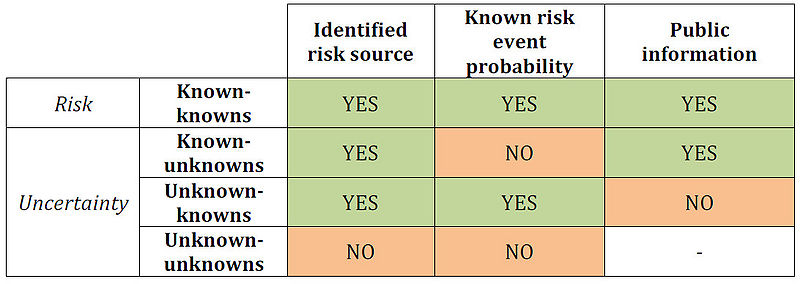Minimizing Risk and Uncertainties in Construction Projects
Overview
The difficulty of managing the individual flows in the construction process is mostly due to unpredictable conditions, scheduling pressures and the large amount parts involved. This approach analyses how uncertainties and risk are created and how they can be managed by the means of Building Information Modelling and Lean Construction principles.
One of the concepts that more effectiveness has demonstrated in the management of construction projects is the concept of Lean. The idea of Lean is to eliminate what does not add value from the perspective of the customer. In this analysis, the implications and consequences that the use of BIM has in Lean Construction are assessed.
In addition, it is essential to improve the projects management by identifying the risks, planning responses and coordinating the information flow and the resources. In order to give the widest range of solutions to this, other important concepts are evaluated, such as the TFV-model (transformation, flow and value), the last planner system and the location-based scheduling; concepts that are connected and used to mitigate the possible damage inflicted by unexpected situations.
Risks and uncertainties management with Lean thinking
From early phases, the overall project should be defined: scheduling, planning, cost, time and resources. But there is other information, a level of uncertainty, which needs to be recorded. Uncertainty can be defined as the difference between the information required to make a decision and the information available. There are two concepts attached to this[1]:
- Predictability, since the future is not known, and the past can be an invaluable guide.
- Complexity, since it is costly in terms of time, money and other resources.
Risk is the probability of the occurrence of a risk event given its risk source. To define risk, two definitions should be considered:
- Risk source, as an underlying state of affairs
- Risk event, as something given due to the underlying state of affairs
When the needs of the owner and occupants of a building are not met, a risk event can be created from the design phase. In addition, modifying these need during the project, or having a weak communication between the parts, can create the risk event.
In risk situations, there are parameters controlled by probability, known by the decision maker[2]. However, in uncertainty situations, parameters are uncertain and no information about probabilities is known. It is clear that construction management organizations do not have precise information, especially when making long-term planning. But it is possible to determine some parameters from experience or statistical data.
The uniqueness of a construction project leads to a high degree of uncertainty. Therefore, project managers must lean on risk management to identify, analyse, monitor and report risks. The project risk management uses four basic concepts to help identify the type of risk:
- Known-knowns: the risks have been identified and a probability can be assigned.
- Known-unknowns: the risks have been identified but a probability cannot be assigned to them.
- Unknown-knowns: the risks are the ones identified by someone who associates probability to them, but decides to hide that information.
- Unknown-unknowns: the risks have not been identified.

This being set, the purpose of risk management is to help eliminate the unknown-unknowns and decrease uncertainty by having all risks known-knowns. This way, the complexity will be minimized and also the predictability, to some extent.